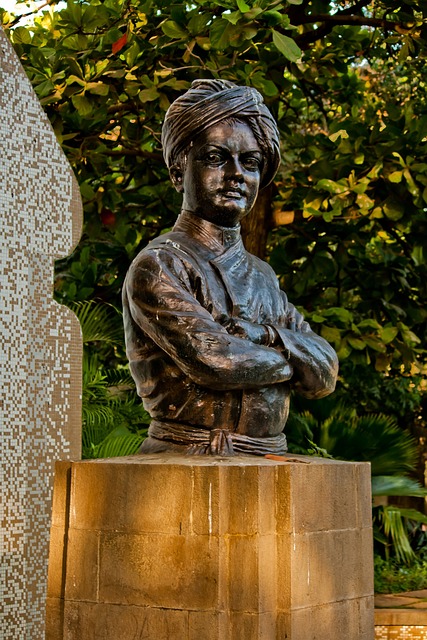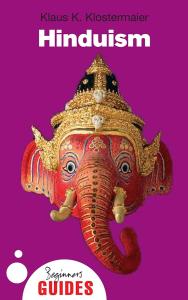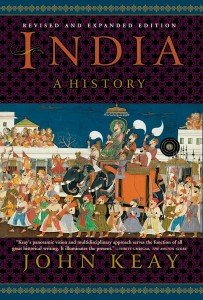A Review of Jnana Yoga: The Yoga of Knowledge
by Swami Vivekananda
Examining the Timeless Pursuit of Knowledge, Self, and Liberation
Jnana Yoga: The Yoga of Knowledge, penned by the celebrated spiritual luminary Swami Vivekananda and published by Vedanta Press in 2001, remains a landmark in the contemporary landscape of spiritual literature. This work is both a profound exposition and a challenging invitation: it asks its readers to step beyond comfortable assumptions and enter the demanding but rewarding terrain of self-inquiry, critical thought, and direct experience. With the continued global interest in Eastern philosophies and spiritual practices, Vivekananda’s insights remain strikingly relevant—yet his treatise is not free from limitations, cultural assumptions, and interpretative biases. This review will attempt to analyze both the strengths and the weaknesses of Jnana Yoga, while situating the book within the broader context of Swami Vivekananda’s life and thought.
Author’s Biography: Swami Vivekananda

Swami Vivekananda (1863–1902) was one of India’s most influential spiritual teachers. Born Narendranath Datta in Kolkata (Calcutta), he was raised in a liberal, intellectual Bengali family. From an early age, he demonstrated an insatiable curiosity about philosophy, religion, and the ultimate questions of life. Vivekananda’s extraordinary intellect and rhetorical gifts found fertile ground under the guidance of his guru, Sri Ramakrishna, a mystic revered for his direct spiritual experiences and ecumenical approach to religion.
After Ramakrishna’s passing, Vivekananda and a group of fellow disciples formally established the Ramakrishna Mission, dedicated to social service and spiritual upliftment. However, it was Vivekananda’s groundbreaking address at the Parliament of the World’s Religions in Chicago in 1893 that catapulted him onto the world stage. His eloquence, charismatic presence, and call for religious tolerance earned him the admiration of Western audiences, making him a pivotal figure in bridging the gap between Eastern and Western thought.
Despite a tragically short lifespan, Vivekananda’s output was prodigious. He authored numerous essays, delivered hundreds of lectures, and compiled several books, including Raja Yoga, Karma Yoga, Bhakti Yoga, and the focus of this review, Jnana Yoga. His legacy endures not only in the institutions he inspired but in the ongoing interest in Vedanta and yoga philosophy worldwide.
Summary and Structure of Jnana Yoga
The book, as presented by Vedanta Press in its 2001 edition, comprises a series of lectures delivered by Vivekananda primarily in the United States and England during the late nineteenth century. These lectures were transcribed, edited, and organized into thematic chapters that guide readers along the path of Jnana Yoga— “the path of knowledge” in the Vedantic tradition.
Jnana Yoga is often considered the most challenging of the four classical yogic paths (the others being Karma Yoga, Bhakti Yoga, and Raja Yoga). It demands the practitioner to engage in relentless self-inquiry, to question reality, to strip away all that is transient and unreal, and to arrive, through discrimination (viveka), at the immutable Self (Atman) that is one with Brahman, the Absolute.
Vivekananda’s text explores topics such as the nature of reality, the illusion of individuality, the importance of renunciation, and the techniques of discrimination and detachment. He references both ancient Indian scriptures, such as the Upanishads and the Bhagavad Gita, and contemporary examples to make his case accessible to modern readers.
Strengths of the Book
· Clarity and Accessibility. One of Vivekananda’s most admirable qualities is his ability to present dense philosophical concepts in language that is lucid, engaging, and at times poetic. For those unfamiliar with Sanskrit terminology or Indian philosophy, his analogies and examples demystify otherwise arcane ideas. He is especially adept at drawing parallels between Eastern and Western philosophical traditions, thereby opening the Vedantic worldview to a global audience.
· Inspiration and Motivation. Throughout Jnana Yoga, Vivekananda’s writing is charged with an infectious enthusiasm. He does not merely advocate for an intellectual understanding of the Self but urges the reader toward direct experience. His exhortations— “Arise, awake, and stop not till the goal is reached”—resonate with readers who seek more than armchair philosophy.
· Philosophical Depth. The lectures are rooted in the Upanishadic tradition and expound on concepts such as Maya (illusion), Avidya (ignorance), and Neti-Neti (not this, not this). Vivekananda’s interpretations, while sometimes heterodox, are always bold. He is unafraid to challenge dogma, whether in Eastern or Western religious thought, and advocates for a non-sectarian, universalist spirituality.
· Contextual Sensitivity. Though a product of his era, Vivekananda is remarkably attuned to the context of his Western audiences. He frequently anticipates objections and addresses the concerns of rationalist, scientific, or skeptical listeners. This rhetorical agility helps bridge cultural divides and invites readers from diverse backgrounds into the conversation.
Critical Analysis and Limitations
Despite its many merits, Jnana Yoga is not above criticism. Several aspects of the work warrant a closer, more skeptical examination.
· Historical and Cultural Limitations. The colonial encounter between India and the West often colors Vivekananda’s interpretations. His apologetic style sometimes leans toward idealizing Indian thought as superior or more “spiritual” compared to the “materialistic” West. Such dichotomies, while rhetorically effective, can reinforce stereotypes and overlook the diversity and complexity within both traditions.
· Philosophical Rigidity. While Vivekananda champions intellectual inquiry, he often presumes the validity of Advaita Vedanta’s non-dualism. Alternative schools of Vedantic thought—such as Dvaita (dualism) or Vishishtadvaita (qualified non-dualism)—are given scant attention. This may leave readers with the impression that Jnana Yoga’s worldview is the definitive interpretation, rather than one among many.
· Gender and Social Issues. The book, largely a product of its time, rarely engages with the social realities of women, marginalized groups, or the caste system. Vivekananda’s universalist rhetoric sometimes obscures the lived experience of those for whom the “path of knowledge” may not be equally accessible. Modern readers may wish for a more intersectional approach that acknowledges such disparities.
· Practical Difficulties. Jnana Yoga, as depicted by Vivekananda, is a path for the intellectual and the courageous. It requires a level of philosophical rigor and detachment that may be unattainable for most. There is a risk that readers may become discouraged or misinterpret the path as purely cerebral, neglecting the emotional and ethical dimensions of spiritual life.
· Lack of Systematic Structure. Because the book is a compilation of lectures rather than a purpose-written treatise, it sometimes lacks a systematic development of ideas. Themes may repeat or overlap, and the progression from one chapter to the next is not always seamless. Readers seeking a step-by-step guide may find the text challenging to navigate.
Conclusion: Relevance and Legacy
Despite these limitations, Jnana Yoga: The Yoga of Knowledge remains a remarkable achievement. It is both an introduction to and a profound meditation upon one of the most challenging spiritual paths within Indian philosophy. Swami Vivekananda’s prose brims with conviction, urgency, and compassion, inspiring readers to look beyond dogma and ritual toward the very heart of existence.
For contemporary seekers, whether spiritual or philosophical, the book offers an invaluable resource. It challenges complacency, provokes critical thought, and insists that true knowledge is not the accumulation of facts, but the lived realization of the Self. In an era marked by information overload and spiritual confusion, Vivekananda’s call to discrimination, detachment, and fearless inquiry remains as urgent as ever.
Yet the reader is also well served by approaching Jnana Yoga with a critical eye, aware of its historical context and philosophical partialities. The book is best read not as a final word, but as a powerful voice in an ongoing global conversation about the nature of reality, consciousness, and liberation.
Further Reading
Those interested in exploring Vivekananda’s work further may wish to consult his other books, including Raja Yoga, Karma Yoga, and Bhakti Yoga, as well as modern studies on Vedanta and Indian philosophy. Engaging with a diverse range of perspectives will help situate Jnana Yoga within the rich, pluralistic tradition from which it emerged.






